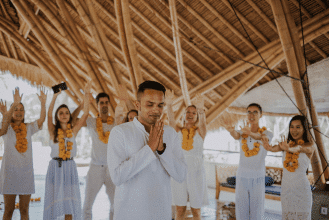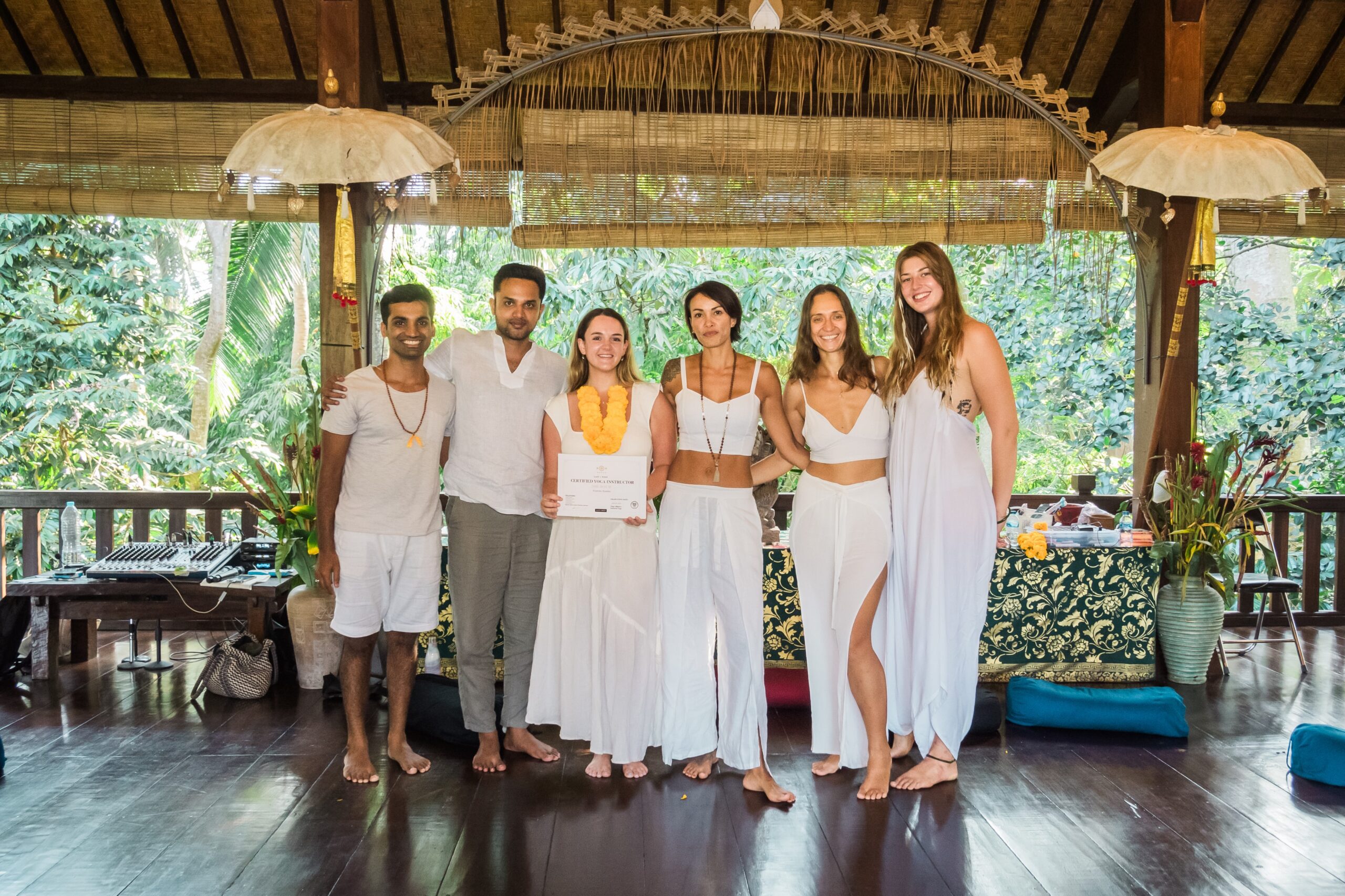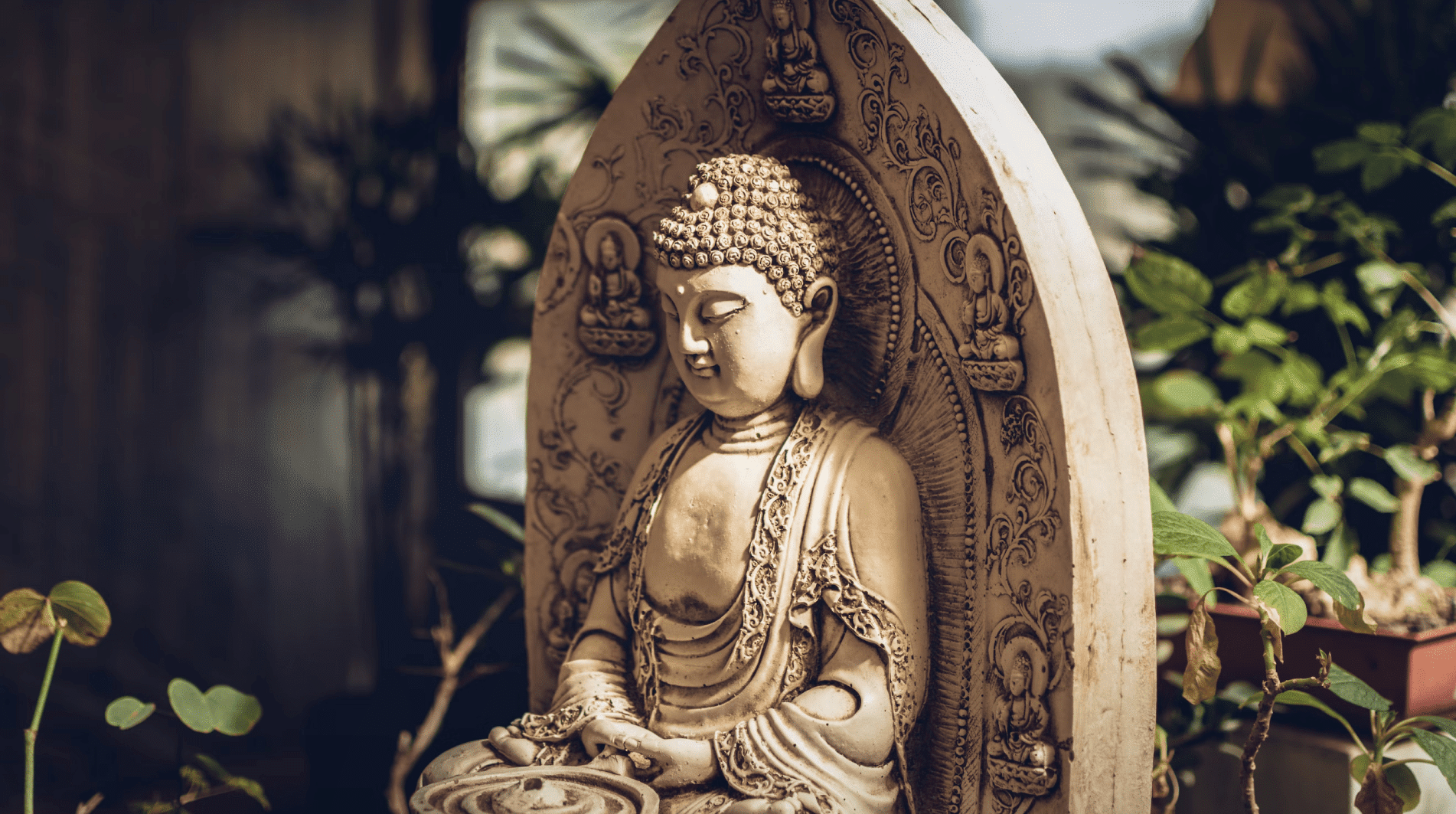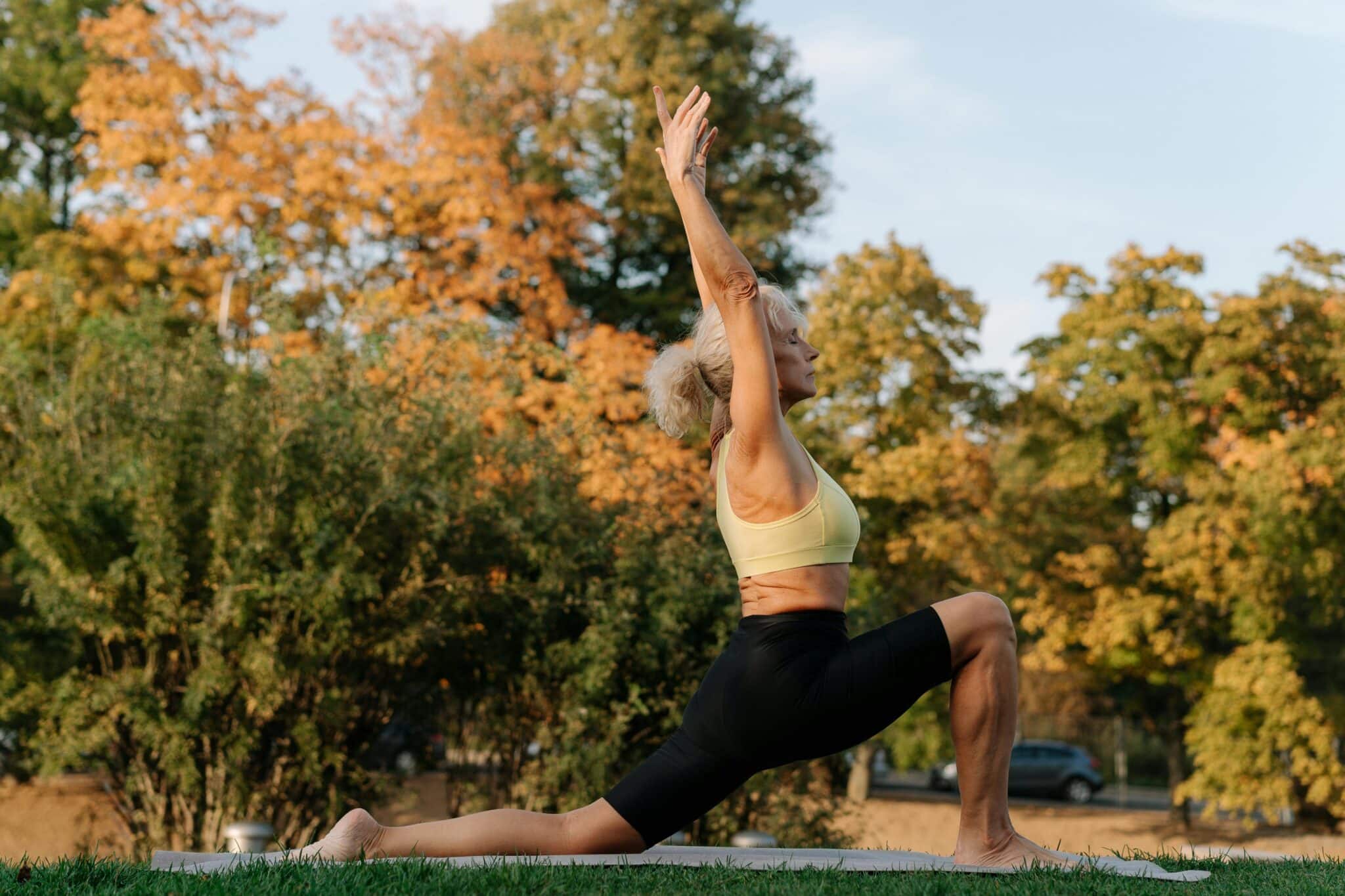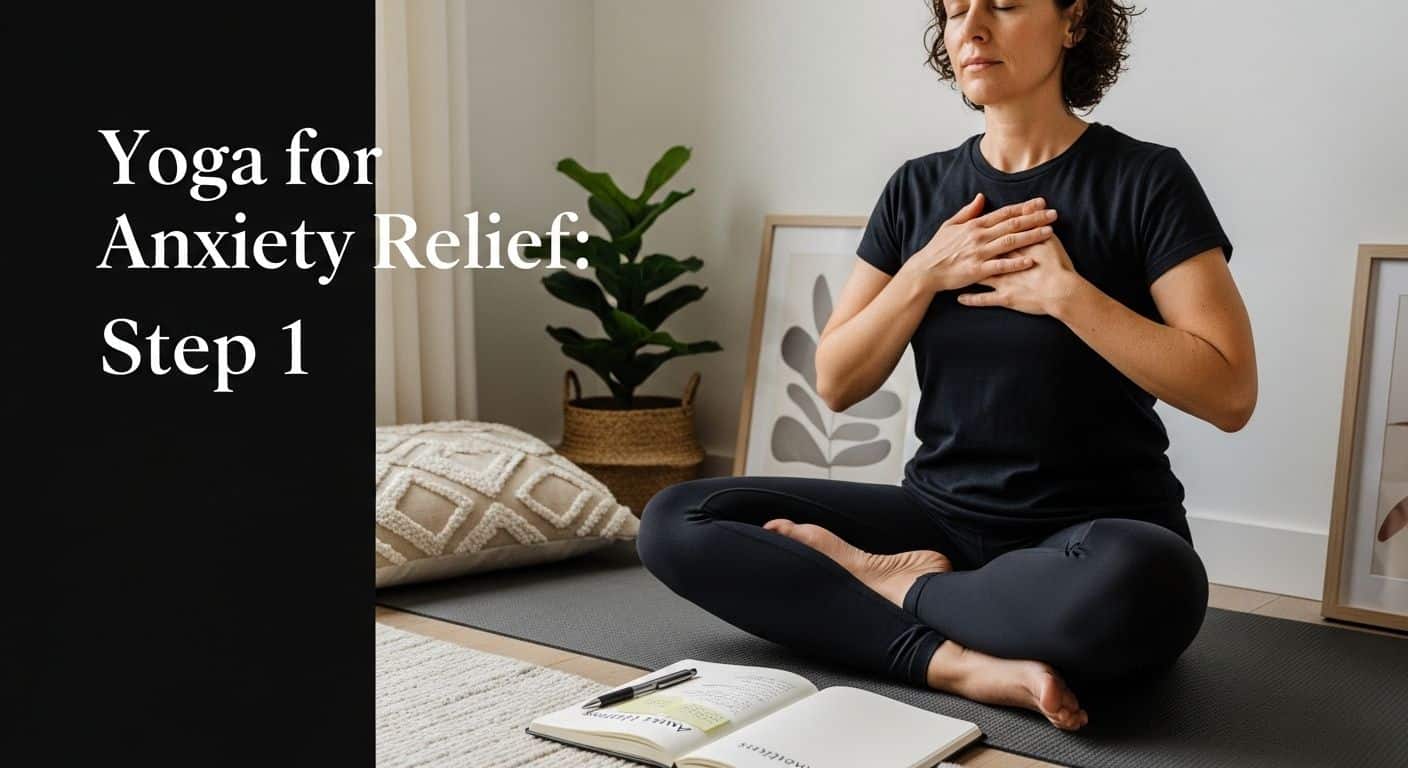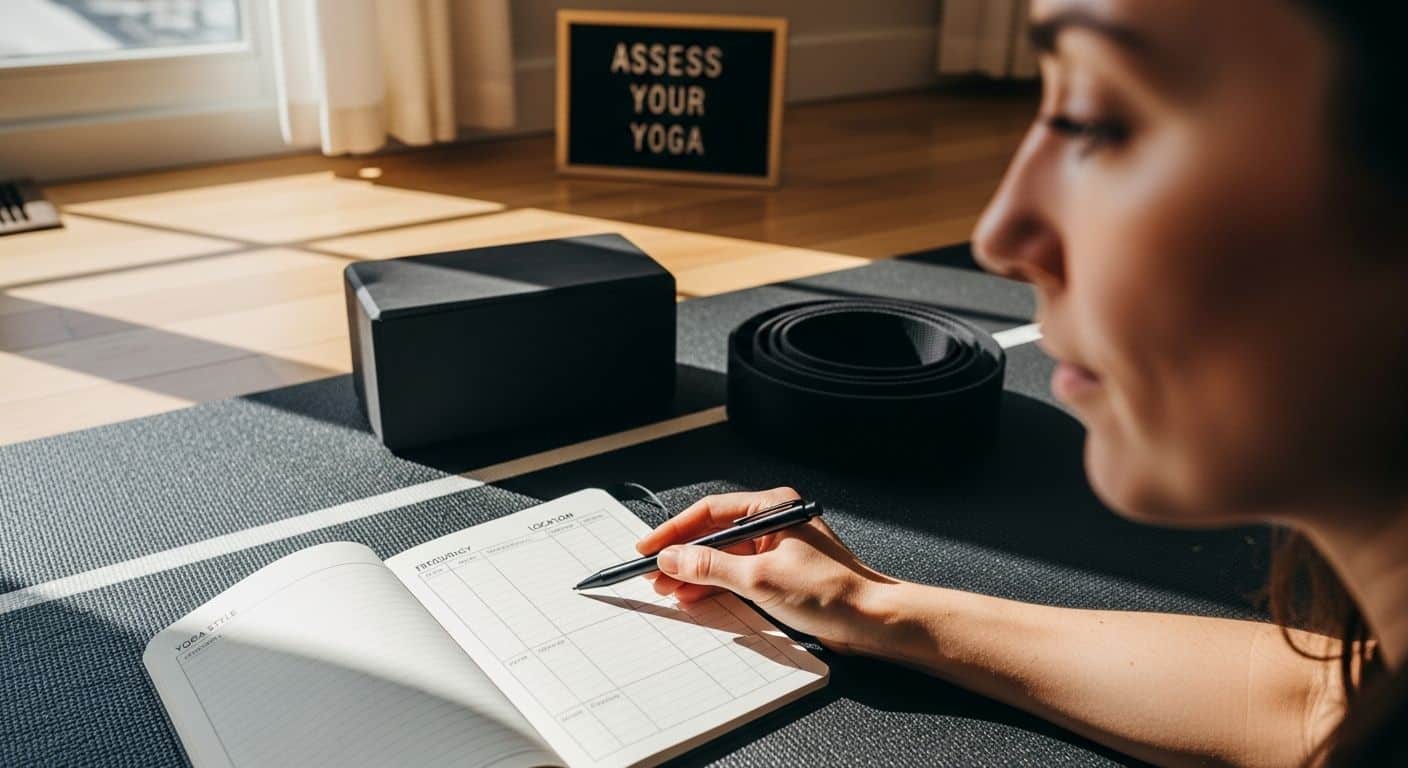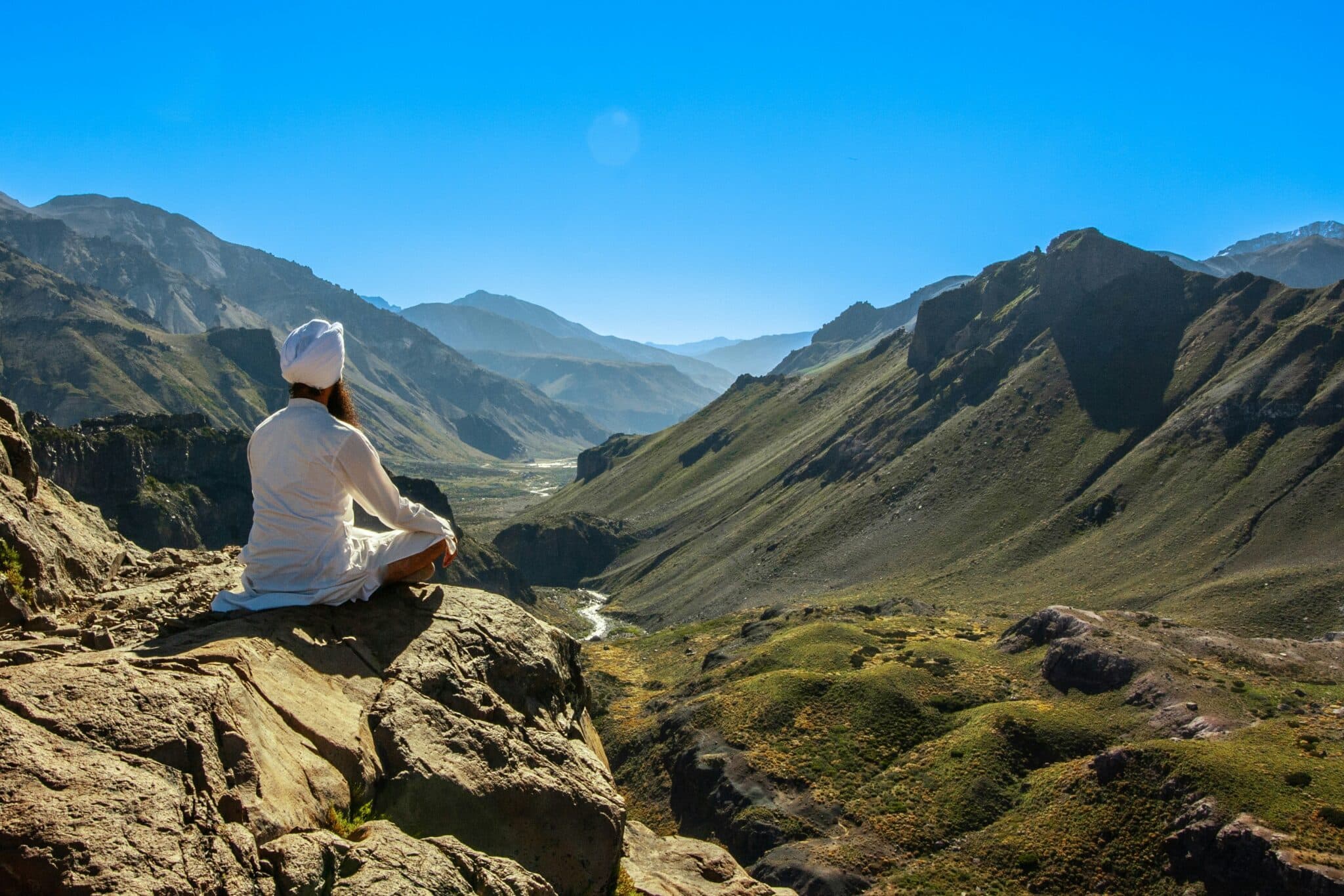
In a fast-paced world filled with distractions, many of us yearn for a deeper connection to ourselves. Kundalini yoga offers a transformative path to awaken that inner energy. This ancient practice combines breath, movement, and meditation to ignite and elevate your consciousness, allowing you to tap into your true potential. Whether you’re seeking stress relief, increased creativity, or a holistic approach to well-being, Kundalini yoga provides the tools to unlock the life force within you. In this guide, we will explore key techniques, essential postures, and helpful tips to set you on the right path. Embrace this powerful practice, and awaken the vibrancy that lies dormant within you.
If you want to dive deeper into this kind of embodied wisdom, East+West’s yoga teacher training in Bali and Costa Rica is a powerful next step.
The history and philosophy of Kundalini yoga
Kundalini yoga, a practice often referred to as the “Yoga of Awareness,” has roots that stretch back thousands of years, deeply embedded in the traditions of ancient India. It is said that Kundalini Yoga was initially a secretive practice taught only to a select few, passed down orally from master to disciple. This secrecy intended to preserve the purity and potency of the teachings. The term “Kundalini” itself refers to the dormant energy believed to reside at the base of the spine, symbolized as a coiled serpent. Kundalini Yoga aims to awaken this energy, allowing it to rise through the chakras or energy centers of the body, ultimately leading to spiritual enlightenment.
Kundalini yoga emerged in the West during the late 1960s, a time of deep spiritual curiosity and cultural change. Traditionally, these teachings were kept within select lineages, passed from teacher to student in private. But as the countercultural movement opened Western seekers to new practices, Kundalini yoga began to be shared more widely. Yogi Bhajan is often credited with helping to spread the practice at that time, though his legacy has since become complicated by serious allegations of misconduct.
Organizations and teachers helped bring their ancient techniques into a modern context, blending traditional wisdom with approaches that felt accessible to a broader audience. This shift allowed millions of people to engage with the practice, experiencing its capacity to awaken energy, expand consciousness, and support well-being.
Philosophically, Kundalini yoga is grounded in the belief that every human being possesses an innate potential for greatness and spiritual awakening. It draws from various spiritual traditions, including Tantra, Shaktism, and Sikhism, emphasizing the union of the individual soul (Atman) with the universal soul (Brahman). The practice encourages self-awareness, self-discipline, and self-transformation, guiding practitioners to transcend their limitations and realize their highest potential.

Understanding Kundalini energy
At the heart of Kundalini yoga is the concept of Kundalini energy, a powerful and transformative force believed to lie dormant at the base of the spine. This energy is often depicted as a coiled serpent, waiting to awaken. When awakened, Kundalini energy rises through the central channel of the body, known as the Sushumna Nadi, activating and purifying the chakras or energy centers along the way. The ultimate goal is for this energy to reach the crown chakra, resulting in a state of enlightenment and divine union.
The awakening of Kundalini energy can bring about profound physical, emotional, and spiritual changes. Physically, it may manifest as sensations of heat or tingling along the spine, increased vitality, and a heightened sense of awareness. Emotionally, it can lead to greater clarity, emotional release, and a sense of inner peace. Spiritually, it can open the door to deeper states of consciousness, increased intuition, and a sense of connection with the divine.
Understanding and working with Kundalini energy requires respect, preparation, and guidance. The process of awakening this energy should be approached with caution, as it can be intense and overwhelming if not handled properly. This is why the practice of Kundalini yoga emphasizes the importance of a balanced and disciplined approach, incorporating physical postures (asanas), breath control (pranayama), chanting (mantra), and meditation (dhyana). These elements work together to prepare the body and mind, ensuring a safe and harmonious awakening of Kundalini energy.
Key benefits of practicing Kundalini yoga
One of the most compelling reasons to practice Kundalini yoga is its wide range of benefits that encompass physical, mental, and spiritual well-being. Physically, Kundalini yoga is known for its ability to strengthen and tone the body. The practice involves dynamic movements, postures, and sequences that engage different muscle groups, improve flexibility, and enhance overall physical fitness. Regular practice can also boost the immune system, improve circulation, and increase energy levels, helping practitioners feel more vibrant.
Mentally and emotionally, Kundalini offers powerful tools for stress relief and emotional balance. The combination of breath control, meditation, and chanting helps to calm the nervous system, reduce anxiety, and promote a sense of inner peace. The practice encourages mindfulness and self-awareness, allowing practitioners to observe and release negative thought patterns and emotions. This can lead to greater mental clarity, improved focus, and a more positive outlook on life. Additionally, the practice fosters resilience and emotional strength, helping individuals navigate life’s challenges with greater ease and grace.
Spiritually, Kundalini yoga provides a pathway to deeper self-discovery and personal growth. The practice helps to awaken and elevate consciousness, allowing individuals to connect with their true essence and higher self. It cultivates a sense of unity and interconnectedness, fostering a profound sense of purpose and meaning. As practitioners deepen their practice, they may experience heightened intuition, expanded awareness, and a greater understanding of compassion and empathy. Ultimately, Kundalini yoga supports the journey towards self-mastery and spiritual awakening, guiding individuals to realize their full potential and live a life of authenticity and fulfillment.
Essential components of Kundalini yoga practice
Kundalini yoga is a multifaceted practice that integrates several key components, each playing a vital role in the overall experience. One of the primary components is the practice of asanas or physical postures. Unlike other forms of yoga, the postures in Kundalini are often dynamic and repetitive, designed to stimulate specific energy centers and facilitate the flow of Kundalini energy. These postures can vary from simple movements to more complex sequences, each with a particular focus and intention.
Another essential component is pranayama or breath control. Breath is considered a powerful tool in Kundalini, used to influence the flow of energy and calm the mind. Pranayama helps to oxygenate the blood, balance the nervous system, and prepare the body for meditation. It also aids in the release of stored emotions and tension, promoting a sense of relaxation and well-being.
Mantra and chanting are also integral to Kundalini. Mantras are sacred sounds or phrases that are repeated either silently or aloud to focus the mind and elevate consciousness. Chanting mantras, such as the Adi Mantra (“Ong Namo Guru Dev Namo”) and the Mul Mantra, creates vibrational energy that resonates throughout the body, aligning the practitioner with higher frequencies. This practice helps to clear mental chatter, open the heart, and connect with the divine. Additionally, the use of mudras (hand gestures) and bandhas (body locks) further enhances the practice by directing and sealing the flow of energy within the body.

Preparing for your first Kundalini yoga class
Embarking on your first Kundalini yoga class can be both exciting and daunting. To ensure a positive experience, it’s essential to prepare both physically and mentally. Start by choosing a comfortable, quiet space where you can practice without distractions. Wear loose, comfortable clothing that allows for free movement, and have a yoga mat, cushion, or blanket available for seated postures and meditation. It’s also helpful to bring a water bottle to stay hydrated throughout the practice.
Before attending your first class, take some time to familiarize yourself with the basic elements of Kundalini yoga. Understanding the significance of breath control, chanting, and postures will help you feel more at ease. Additionally, keep an open mind and be willing to embrace new experiences. Kundalini yoga can be intense and may involve practices that are unfamiliar or outside your comfort zone. Approach the practice with curiosity and a sense of adventure, allowing yourself to engage and explore thoroughly.
During the class, listen to your body and honor its limits. Kundalini yoga can be physically demanding, especially for beginners, so it’s important to pace yourself and take breaks when needed. Don’t be discouraged if you find certain postures or techniques challenging; progress comes with time and practice. Most importantly, stay present and focused on your breath, using it as a guide to navigate through the practice. Remember that Kundalini yoga is a personal journey, and each experience is unique. Trust in the process and allow the practice to unfold naturally.
Common Kundalini yoga practices
Kundalini encompasses a variety of guides and practices, each designed to awaken and elevate Kundalini energy. One of the foundational practices is the use of kriyas, or cleanses, which are specific sets of exercises, breathwork, and meditations performed in a particular sequence. Kriyas are tailored to achieve specific outcomes, such as detoxification, balancing the chakras, or cultivating inner strength. Each kriya has a distinct rhythm and flow, combining physical movements with breath control and mantra to create a powerful and transformative experience.
Another common practice in Kundalini yoga is the use of pranayama or breath control techniques. One of the most well-known pranayama practices is the breath of fire, a rapid, rhythmic breathing pattern that energizes the body and clears the mind. Long deep breathing is another fundamental technique, involving slow, full breaths that promote relaxation and mental clarity. Alternate nostril breathing is also commonly used to balance the hemispheres of the brain and harmonize the nervous system. These breathwork practices are essential tools for managing stress, enhancing focus, and supporting overall well-being.
Meditation is a core component of Kundalini yoga, offering a pathway to inner stillness and heightened awareness. Meditations in Kundalini yoga often incorporate specific mantras, mudras, and visualizations to deepen the practice. One popular meditation is the Kirtan Kriya, which involves chanting the mantra “Sa Ta Na Ma” while performing a series of hand movements. Other meditative practices may focus on different aspects of consciousness, such as cultivating compassion, enhancing intuition, or connecting with the divine.

Tips for building a Kundalini yoga routine
Establishing a consistent Kundalini yoga routine is key to experiencing the full benefits of the practice. One of the most essential tips for building a routine is to set a regular practice schedule. Consistency is crucial, so choose a time of day that works best for you and commit to practicing at that time each day. Whether it’s in the morning to start your day with energy and focus, or in the evening to unwind and relax, finding a routine that fits your lifestyle will help you stay committed.
Another helpful tip is to start with manageable sessions and gradually increase the duration and intensity of your practice. As a beginner, it can be overwhelming to dive into long or advanced sessions. Begin with shorter practices, such as 15-20 minutes, and gradually build up to longer sessions as you become more comfortable and confident. This approach allows your body and mind to adapt and prevents burnout. Additionally, incorporating a mix of kriyas, breathwork, and meditation can keep your practice varied and engaging.
It’s also beneficial to create a supportive environment for your practice. Designate a specific space in your home where you can practice undisturbed. This space should be clean, quiet, and free from distractions. Consider adding elements that enhance the ambiance, such as candles, incense, or calming music. Having a dedicated practice space can help you cultivate a sense of ritual and mindfulness, making it easier to stay focused and present during your sessions. Lastly, be patient and compassionate with yourself. Progress in Kundalini yoga is a journey, and it’s important to honor your own pace and listen to your body’s needs.
Resources for further learning
As you delve deeper into Kundalini yoga, you’ll find a wealth of resources available to support your journey. Books are an excellent starting point for gaining a comprehensive understanding of the practice. “The Kundalini Yoga Experience” by Dharam Singh Khalsa and Darryl O’Keeffe provides an accessible introduction, covering the history, philosophy, and practical aspects of Kundalini yoga. “Kundalini Yoga: The Flow of Eternal Power” by Shakti Parwha Kaur Khalsa is another valuable resource, offering insights into the teachings of Yogi Bhajan and practical guidance for practice.
Online platforms and courses also offer extensive resources for learning and practicing Kundalini yoga. Websites such as YogaGlo, Gaia, and Kundalini Lounge provide a variety of classes, workshops, and instructional videos led by experienced teachers. These platforms allow you to practice from the comfort of your home and explore different aspects of Kundalini yoga at your own pace. Additionally, many Kundalini yoga teachers offer online courses and virtual classes, providing personalized instruction and community support.
Joining a local Kundalini yoga community or attending workshops and retreats can further deepen your practice. Connecting with other practitioners and experienced teachers can provide valuable insights, encouragement, and inspiration. Many cities have Kundalini yoga studios or centers where you can attend classes and events. Workshops and retreats offer immersive experiences, allowing you to dive deeper into the practice and connect with like-minded individuals. These gatherings provide opportunities for learning, growth, and shared experiences, enhancing your journey with Kundalini yoga.
Embracing your journey
As you embark on your journey with Kundalini yoga, remember that this practice is a personal and transformative path toward self-discovery and empowerment. Kundalini yoga offers a holistic approach to well-being, encompassing physical, mental, and spiritual dimensions. By awakening the dormant energy within you, this practice can lead to profound shifts in consciousness, increased vitality, and a deeper connection with your true self. Embrace the process with an open heart and mind, allowing the practice to unfold naturally and guide you toward your highest potential.
Consistency and commitment are key to reaping the full benefits of Kundalini yoga. Establishing a regular practice routine, creating a supportive environment, and exploring various techniques and resources can help you stay engaged and motivated. Remember that progress takes time, and it’s important to honor your own pace and listen to your body’s needs. With patience and dedication, you’ll find that Kundalini yoga can be a powerful tool for personal growth, healing, and spiritual awakening.
Ultimately, Kundalini yoga is about embracing the journey and trusting in the process to guide you. Each practice session is an opportunity to connect with yourself on a deeper level, release what no longer serves you, and cultivate a sense of inner peace and balance. Whether you’re seeking stress relief, increased creativity, or a deeper spiritual connection, Kundalini yoga provides the tools to unlock the life force within you. Embrace this powerful practice, and awaken the vibrancy that lies dormant within you. Your journey toward self-mastery starts now, and the possibilities are limitless.


